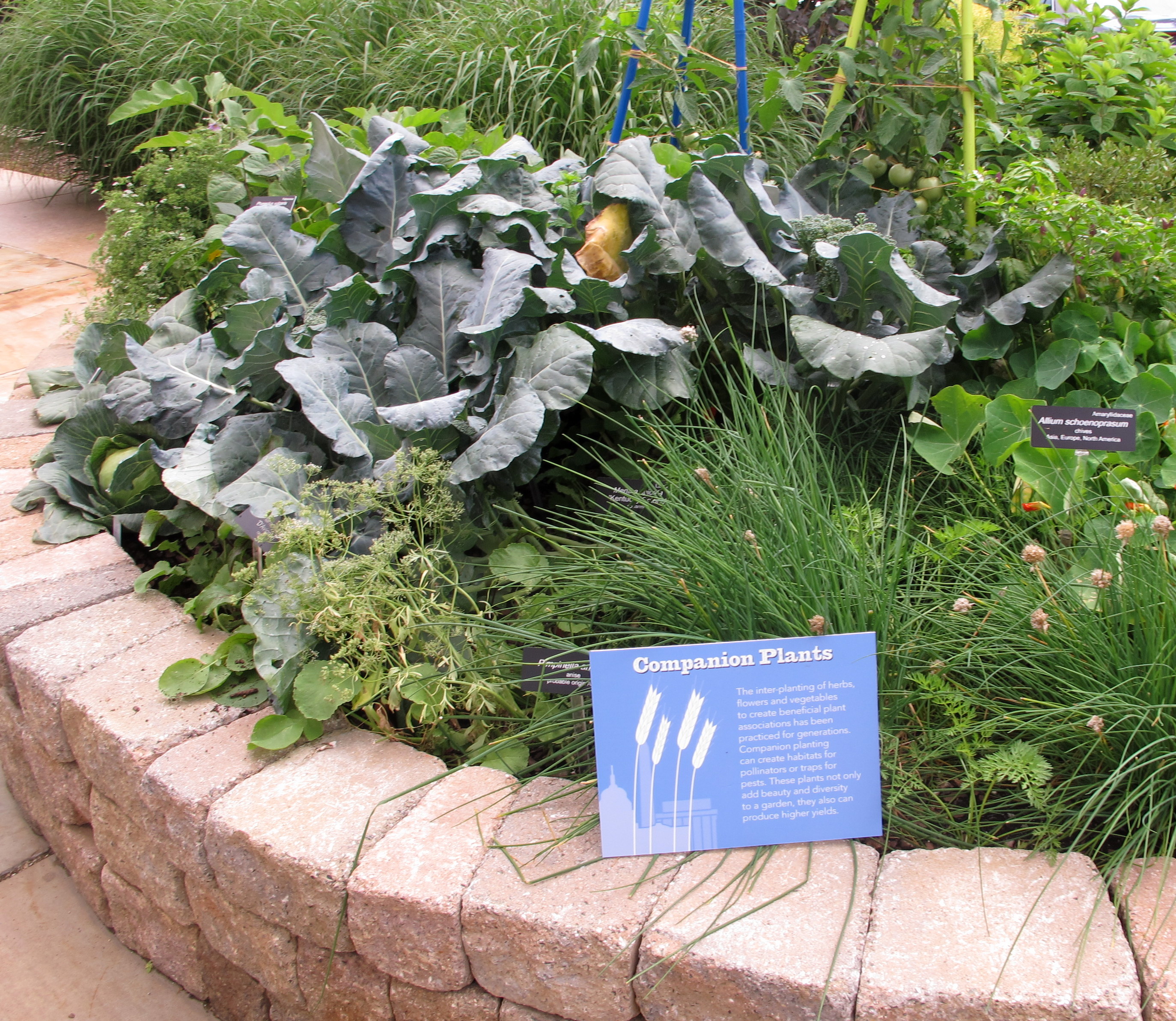My daughter FaceTimed me the other day. She wanted me to see a plant and tell her what would look good with it in her garden. I gave her a few suggestions, but the conversation really got me thinking. I don’t know how many times I have stood in a garden center and asked myself the same question. It always seemed to be the most important garden question I could ask myself if I wanted magazine quality displays.

Now that I have a few gardening years under my belt, I have revised my thinking. I still consider which plants compliment each other aesthetically, but now it isn’t my first thought. Before I make any final decisions, I determine which plants belong together– which are good companions.

More than just looking good next to each other, companion plants are plant combinations that are mutually beneficial. They do share the same environmental needs — soil type, moisture levels, sun/shade preferences etc., but they also are beneficial for one another. A tall one, for example, shades the shorter one, or one repels the insects that would annihilate the other. One enriches the soil while its companion needs those nutrients to survive. Companion plants, like people, are pairings that seem to work well together; they fit together.

Companion planting is not a new concept, but has traditionally been associated with adding flowers and herbs to the vegetable garden. Countless articles and books have been written detailing combinations that produce the tastiest tomatoes and perfect peppers.
The last few years however, have seen lots of informative online articles suggesting winning combinations of annuals and of herbaceous, ornamental perennials. What has been limited are articles describing winning combinations of native plants.
Dan Nelson, lead designer at Embassy Landscape Group, has been incorporating natives into his award winning designs for years. Long ago he realized that adding natives to the residential and commercial landscape gave benefits that other ornamentals couldn’t always offer.
 Natives, he feels, give a sense of place that introduced plants simply don’t. They help to connect us to what came before our human impact changed the landscape. Natives play a crucial role in maintaining the ecological balance of our planet. They supply beneficial insects and other wildlife with the food and shelter they need not just to survive, but to thrive. Natives are tough plants which have, over time, adapted to their environment. They have the ability to withstand climatic conditions such as an unexpected dry spell or an unusually cold winter, that introduced ornamentals often cannot. Evolving in the wild, most natives are resistant to deer, rabbits and other munching mammals.
Natives, he feels, give a sense of place that introduced plants simply don’t. They help to connect us to what came before our human impact changed the landscape. Natives play a crucial role in maintaining the ecological balance of our planet. They supply beneficial insects and other wildlife with the food and shelter they need not just to survive, but to thrive. Natives are tough plants which have, over time, adapted to their environment. They have the ability to withstand climatic conditions such as an unexpected dry spell or an unusually cold winter, that introduced ornamentals often cannot. Evolving in the wild, most natives are resistant to deer, rabbits and other munching mammals. 
To help you find the right native companions for your landscape, we’ve included some of our favorites.
The right plant in the right place is the foundation of successful landscape design. Today, we can include an addendum to that: The right native plant and its close companions in the right place are the beginnings of a beautiful and ecologically healthy landscape.

